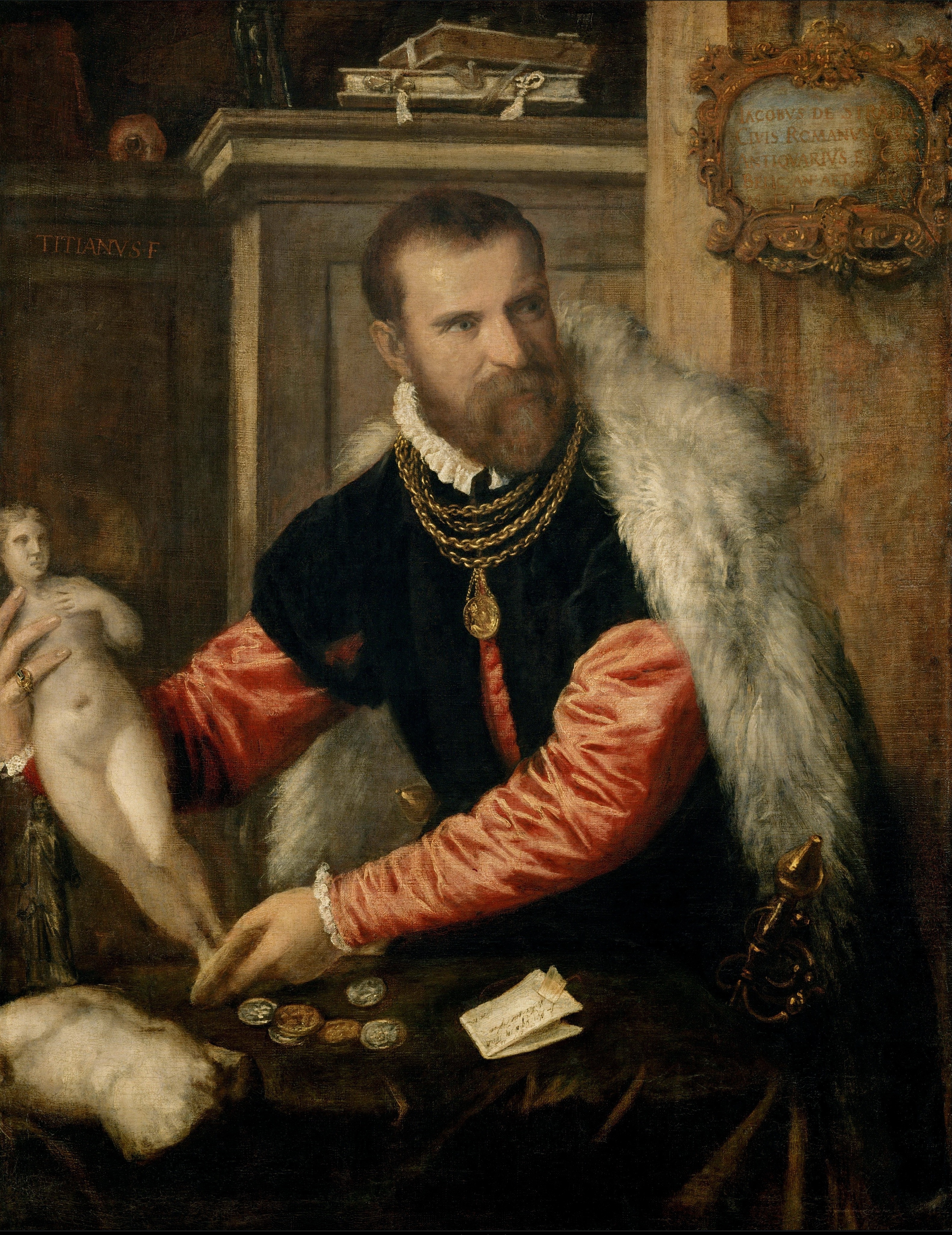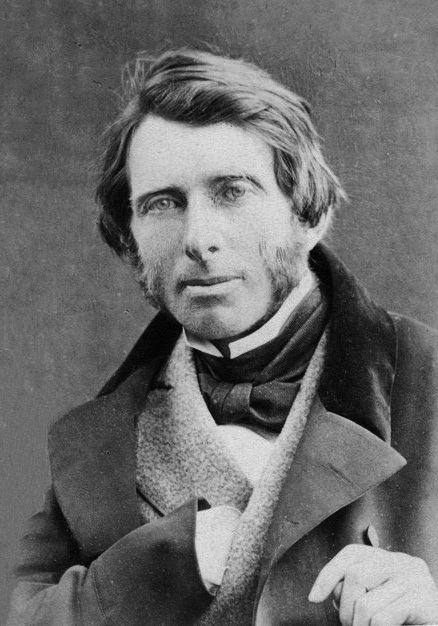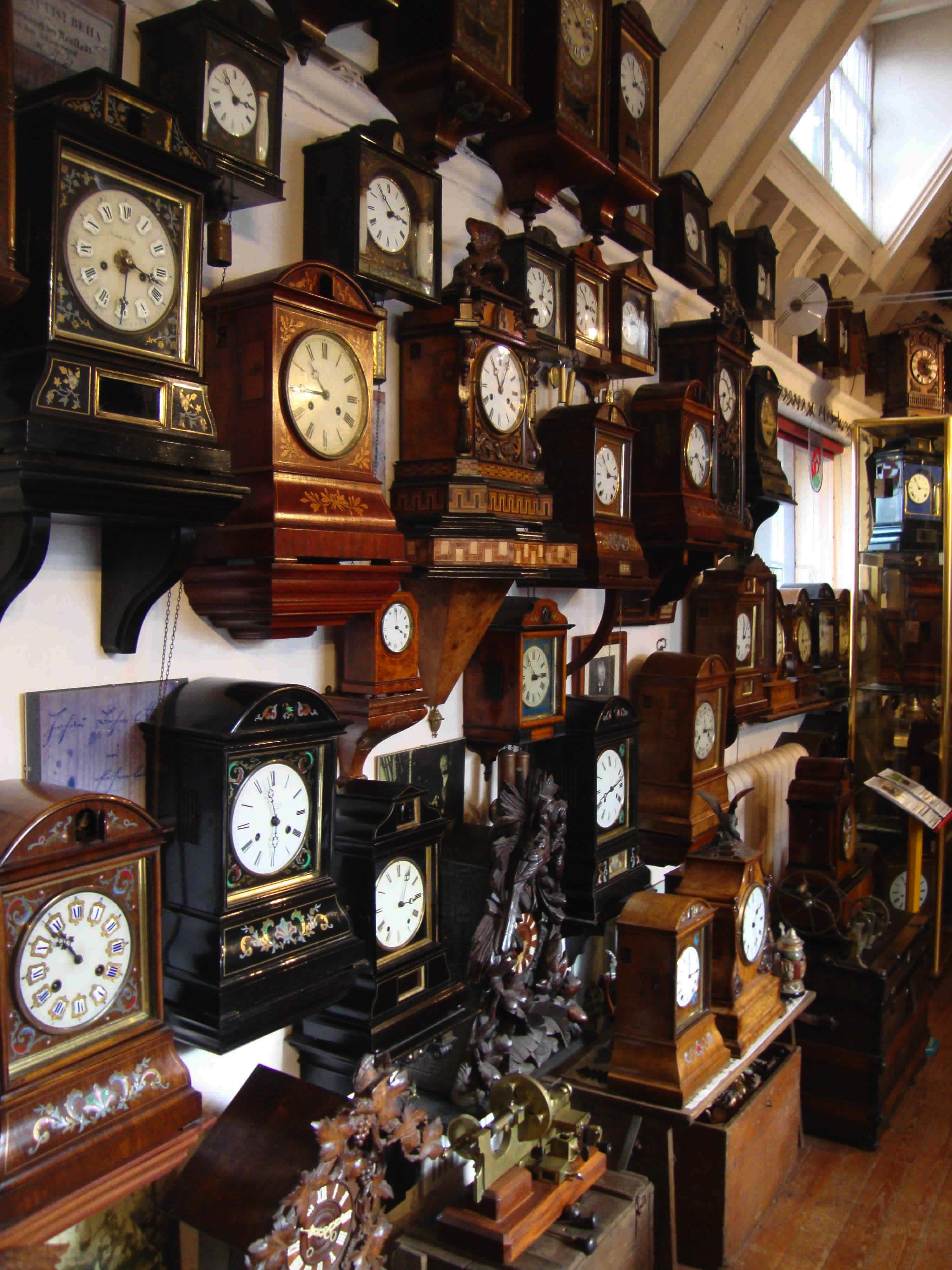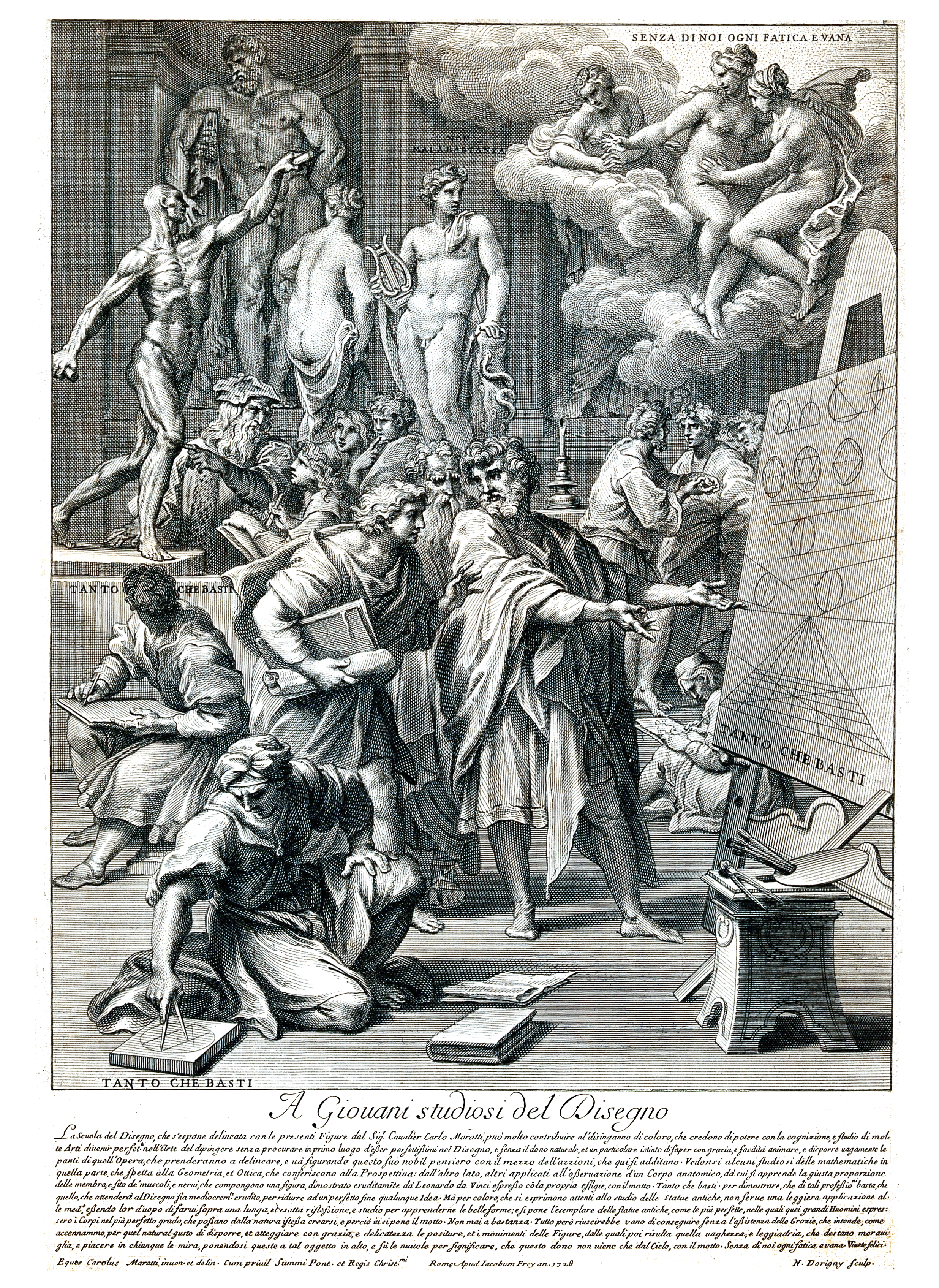|
São Paulo Museum Of Art
The São Paulo Museum of Art (, or ') is an art museum in São Paulo, Brazil. It is well known for the architectural significance of its headquarters, a 1968 concrete and glass structure designed by Lina Bo Bardi. It is considered a landmark of the city and a symbol of modern Brazilian architecture. The museum was founded in 1947 by Assis Chateaubriand and Pietro Maria Bardi, and is maintained as a non-profit institution. MASP distinguished itself by its involvement in several important initiatives concerning museology and art education in Brazil, as well as for its pioneering role as a cultural center. It was also the first Brazilian museum to display post-World War II art. The museum is internationally recognized for its collection of European art, considered to be one of the finest in both Latin America and the Southern Hemisphere. It also houses an important collection of Brazilian art, prints and drawings, as well as smaller collections of African and Asian art, ant ... [...More Info...] [...Related Items...] OR: [Wikipedia] [Google] [Baidu] [Amazon] |
São Paulo
São Paulo (; ; Portuguese for 'Paul the Apostle, Saint Paul') is the capital of the São Paulo (state), state of São Paulo, as well as the List of cities in Brazil by population, most populous city in Brazil, the List of largest cities in the Americas, Americas, and both the Western Hemisphere, Western and Southern Hemispheres. Listed by the Globalization and World Cities Research Network (GaWC) as an global city, alpha global city, it exerts substantial international influence in commerce, finance, arts, and entertainment. It is the List of largest cities#List, largest urban area by population outside Asia and the most populous Geographical distribution of Portuguese speakers, Portuguese-speaking city in the world. The city's name honors Paul the Apostle and people from the city are known as ''paulistanos''. The city's Latin motto is ''Non ducor, duco'', which translates as "I am not led, I lead." Founded in 1554 by Jesuit priests, the city was the center of the ''bandeirant ... [...More Info...] [...Related Items...] OR: [Wikipedia] [Google] [Baidu] [Amazon] |
Avenida Paulista
Paulista Avenue (Avenida Paulista in Portuguese, ''Paulista'' being the demonym for those born in the state of São Paulo) is one of the most important avenues in São Paulo, Brazil. It stretches and runs northwest to southeast. Its northwest point is Praça Marechal Cordeiro de Farias ( pt) at its intersection with Rua da Consolação and its southeast point is Praça Oswaldo Cruz ( pt) at its intersection with Treze de Maio, Bernardino de Campos, Desembargador Eliseu Guilherme, and Dr. Rafael de Barros avenues. Major crossroads on the street are Rua Augusta, Rua Haddock Lobo ( pt) and Avenida Brigadeiro Luis Antonio ( pt). Parallel to it are Cincinato Braga, Joaquim Eugenio de Lima on the Bela Vista/Paraíso side and Alameda Santos and Coronel Oscar Freire on the Jardins side. Paulista Avenue crosses sections of the neighborhoods of Paraíso, Bela Vista ( pt), Jardim Paulista, Cerqueira César ( pt) and Jardim América ( pt), ending in Higienópolis. The headquarters of ... [...More Info...] [...Related Items...] OR: [Wikipedia] [Google] [Baidu] [Amazon] |
Decorative Arts
] The decorative arts are arts or crafts whose aim is the design and manufacture of objects that are both beautiful and functional. This includes most of the objects for the interiors of buildings, as well as interior design, but typically excludes architecture. Ceramic art, metalwork, furniture, jewellery, fashion, various forms of the textile arts and glassware are major groupings. Applied arts largely overlap with the decorative arts, and in modern parlance they are both often placed under the umbrella category of design. The decorative arts are often categorized in distinction to the "fine arts", namely painting, drawing, photography, and large-scale sculpture, which generally produce objects solely for their aesthetic quality and capacity to stimulate the intellect. Distinction from the fine arts The distinction between the decorative and fine arts essentially arose from the post-renaissance art of the West, where the distinction is for the most part meaningful. Thi ... [...More Info...] [...Related Items...] OR: [Wikipedia] [Google] [Baidu] [Amazon] |
Art Dealer
An art dealer is a person or company that buys and sells works of art, or acts as the intermediary between the buyers and sellers of art. An art dealer in contemporary art typically seeks out various artists to represent, and builds relationships with collectors and museums whose interests are likely to match the work of the represented artists. Some dealers are able to anticipate market trends, while some prominent dealers may be able to influence the taste of the market. Many dealers specialize in a particular style, period, or region. They often travel internationally, frequenting exhibitions, auctions, and artists' studios looking for good buys, little-known treasures, and exciting new works. When dealers buy works of art, they resell them either in their galleries or directly to collectors. Those who deal in contemporary art in particular usually exhibit artists' works in their own galleries. They will often take part in preparing the works of art to be revealed or proce ... [...More Info...] [...Related Items...] OR: [Wikipedia] [Google] [Baidu] [Amazon] |
Art Critic
An art critic is a person who is specialized in analyzing, interpreting, and evaluating art. Their written critiques or reviews contribute to art criticism and they are published in newspapers, magazines, books, exhibition brochures, and catalogues and on websites. Some of today's art critics use art blogs and other online platforms in order to connect with a wider audience and expand debate. Opinions Differently from art history, there is not commonly an institutionalisation, institutionalized training for art critics. Art critics come from different backgrounds and they may or may not be university trained. Professional art critics are expected to have a keen eye for art and a thorough knowledge of art history. Typically the art critic views art at art exhibition, exhibitions, art gallery, galleries, museums or artists' studios and they can be members of the International Association of Art Critics which has national sections. Very rarely art critics earn their living from writin ... [...More Info...] [...Related Items...] OR: [Wikipedia] [Google] [Baidu] [Amazon] |
World War II
World War II or the Second World War (1 September 1939 – 2 September 1945) was a World war, global conflict between two coalitions: the Allies of World War II, Allies and the Axis powers. World War II by country, Nearly all of the world's countries participated, with many nations mobilising all resources in pursuit of total war. Tanks in World War II, Tanks and Air warfare of World War II, aircraft played major roles, enabling the strategic bombing of cities and delivery of the Atomic bombings of Hiroshima and Nagasaki, first and only nuclear weapons ever used in war. World War II is the List of wars by death toll, deadliest conflict in history, causing World War II casualties, the death of 70 to 85 million people, more than half of whom were civilians. Millions died in genocides, including the Holocaust, and by massacres, starvation, and disease. After the Allied victory, Allied-occupied Germany, Germany, Allied-occupied Austria, Austria, Occupation of Japan, Japan, a ... [...More Info...] [...Related Items...] OR: [Wikipedia] [Google] [Baidu] [Amazon] |
Rio De Janeiro
Rio de Janeiro, or simply Rio, is the capital of the Rio de Janeiro (state), state of Rio de Janeiro. It is the List of cities in Brazil by population, second-most-populous city in Brazil (after São Paulo) and the Largest cities in the Americas, sixth-most-populous city in the Americas. Founded in 1565 by the Portuguese people, Portuguese, the city was initially the seat of the Captaincy of Rio de Janeiro, a domain of the Portuguese Empire. In 1763, it became the capital of the State of Brazil, a List of states of the Portuguese Empire, state of the Portuguese Empire. In 1808, when the Transfer of the Portuguese Court to Brazil, Portuguese Royal Court moved to Brazil, Rio de Janeiro became the seat of the court of Queen Maria I of Portugal. She subsequently, under the leadership of her son the prince regent John VI of Portugal, raised Brazil to the dignity of a kingdom, within the United Kingdom of Portugal, Brazil and the Algarves, United Kingdom of Portugal, Brazil, and Algar ... [...More Info...] [...Related Items...] OR: [Wikipedia] [Google] [Baidu] [Amazon] |
Art Collection
A museum is distinguished by a collection of often unique objects that forms the core of its activities for exhibitions, education, research, etc. This differentiates it from an archive or library, where the contents may be more paper-based, replaceable and less exhibition oriented, or a private collection of art formed by an individual, family or institution that may grant no public access. A museum normally has a collecting policy for new acquisitions, so only objects in certain categories and of a certain quality are accepted into the collection. The process by which an object is formally included in the collection is called ''accessioning'' and each object is given a unique accession number. Museum collections, and archives in general, are normally catalogued in a collection catalogue, traditionally in a card index, but nowadays in a computerized database. Transferring collection catalogues onto computer-based media is a major undertaking for most museums. All new acquisit ... [...More Info...] [...Related Items...] OR: [Wikipedia] [Google] [Baidu] [Amazon] |
Masterpiece
A masterpiece, , or ; ; ) is a creation that has been given much critical praise, especially one that is considered the greatest work of a person's career or a work of outstanding creativity, skill, profundity, or workmanship. Historically, a "masterpiece" was a work of a very high standard produced by an apprentice to obtain full membership, as a "master", of a guild or academy in various areas of the visual arts and crafts. Etymology The form ''masterstik'' is recorded in English or Scots in a set of Aberdeen guild regulations dated to 1579, whereas ''masterpiece'' is first found in 1605, already outside a guild context, in a Ben Jonson play. ''Masterprize'' was another early variant in English. In English, the term rapidly became used in a variety of contexts for an exceptionally good piece of creative work, and was "in early use, often applied to man as the 'masterpiece' of God or Nature". History Originally, the term ''masterpiece'' referred to a piece of work ... [...More Info...] [...Related Items...] OR: [Wikipedia] [Google] [Baidu] [Amazon] |
Diários Associados
The Diários Associados, or Associated Dailies, are a union of Brazilian communication media created by Assis Chateaubriand. Diários Associados owned Rede Tupi, the first Brazilian Television Network, television network, through its affiliate, the Rede de Emissoras Associadas, from 1950 to 1980. Today the group has 50 vehicles of communication, consisting of 15 newspapers, 12 Radio broadcasting, radio networks, 8 Television broadcasting, television networks, 9 Internet portals and 5 other sites, 1 foundation and 5 other companies. The corporation was once the largest in the history of the press in Brazil. Newspapers * Correio Braziliense (:pt:Correio Braziliense, pt) — Brasília — DF * Diário Mercantil (:pt:Diário Mercantil, pt) — Rio de Janeiro — RJ * O Diário de Natal (:pt:O Diário de Natal, pt) of Poti — Natal — RN * Estado de Minas (:pt:Estado de Minas, pt) — Belo Horizonte — MG * Diário de Pernambuco (:pt:Diário de Pernambuco, pt) — Recife — PE * ... [...More Info...] [...Related Items...] OR: [Wikipedia] [Google] [Baidu] [Amazon] |
Art Gallery
An art gallery is a room or a building in which visual art is displayed. In Western cultures from the mid-15th century, a gallery was any long, narrow covered passage along a wall, first used in the sense of a place for art in the 1590s. The long gallery in Elizabethan and Jacobean architecture, Jacobean houses served many purposes including the display of art. Historically, art is displayed as evidence of status and wealth, and for religious art as objects of ritual or the depiction of narratives. The first galleries were in the palaces of the aristocracy, or in churches. As art collections grew, buildings became dedicated to art, becoming the first art museums. Among the modern reasons art may be displayed are aesthetic enjoyment, Visual arts education, education, historic preservation, or for marketing purposes. The term is used to refer to establishments with distinct social and economic functions, both public and private. Institutions that Preservation (library and archive), ... [...More Info...] [...Related Items...] OR: [Wikipedia] [Google] [Baidu] [Amazon] |
Academic Art
Academic art, academicism, or academism, is a style of painting and sculpture produced under the influence of European academies of art. This method extended its influence throughout the Western world over several centuries, from its origins in Italy in the mid-16th century, until its dissipation in the early 20th century. It reached its apogee in the 19th century, after the end of the Napoleonic Wars in 1815. In this period, the standards of the French were very influential, combining elements of Neoclassicism and Romanticism, with Jean-Auguste-Dominique Ingres a key figure in the formation of the style in painting. The success of the French model led to the founding of countless other art academies in several countries. Later painters who tried to continue the synthesis included William-Adolphe Bouguereau, Thomas Couture, and Hans Makart among many others. In sculpture, academic art is characterized by a tendency towards monumentality, as in the works of Auguste Bartholdi and ... [...More Info...] [...Related Items...] OR: [Wikipedia] [Google] [Baidu] [Amazon] |










